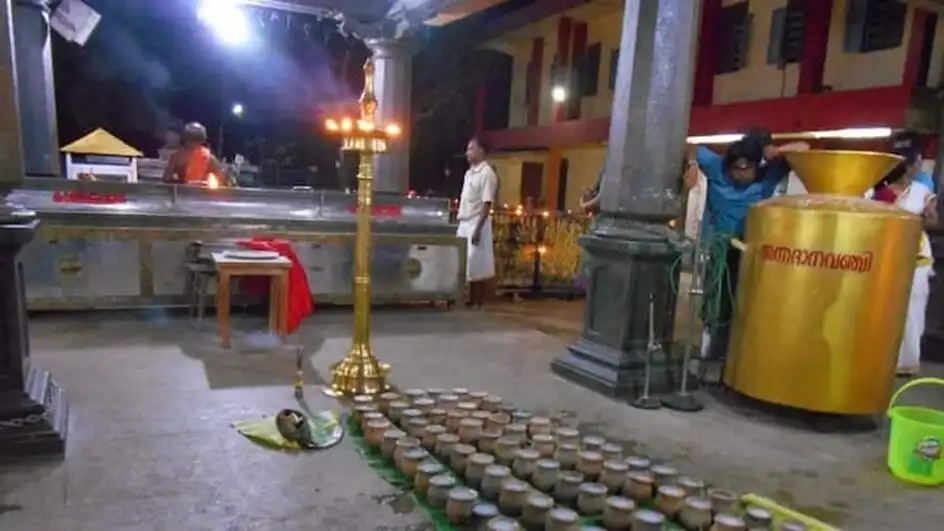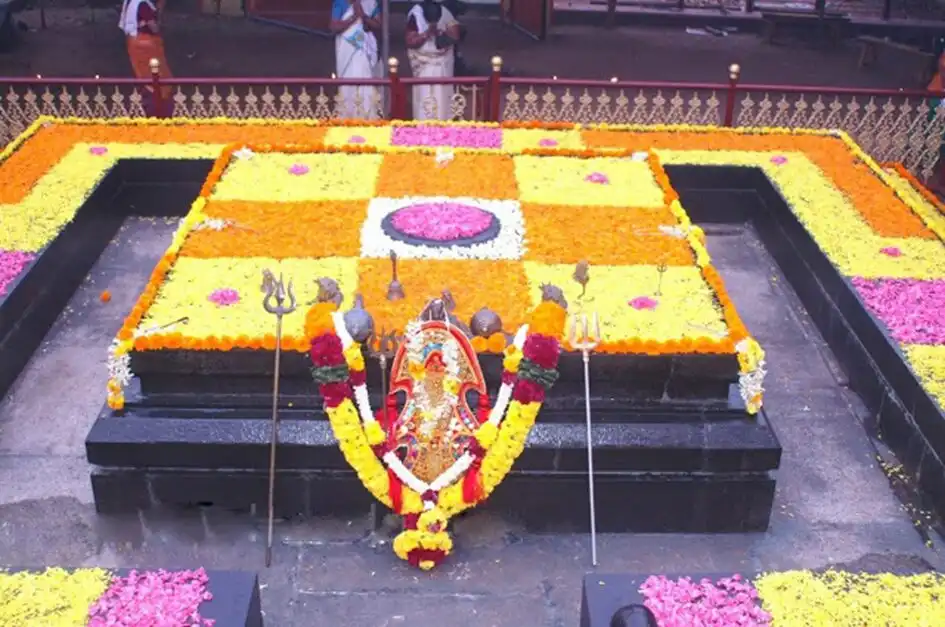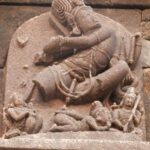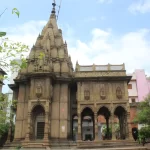Malanada Temple: A Rare Tribute to Duryodhana
Duryodhana is worshipped at the Poruvazhi Peruviruthi Malanada Temple, located in the Kollam district of Kerala. Unlike traditional temples, this temple does not have a sanctum sanctorum or boundary walls. Instead, the altar (mandapam) serves as the focal point of worship, welcoming devotees from all castes and religions.
The primary deity of the temple is Duryodhana, the Kaurava king from the Mahabharata. He is revered in the form of “Appooppan” (Grandfather), residing atop a hill surrounded by agricultural fields to the east and north, and vast paddy fields to the west and south.

People from diverse backgrounds visit the temple to seek blessings from the “Malanada Appooppan,” who is believed to help those in need. The temple is a symbol of inclusivity and continues to attract devotees from across the nation.
ALSO READ: Nageshwar Temple: A Hidden Gem in the Deccan
The Legend of Duryodhana’s Worship at Malanada Temple
The transformation of Duryodhana into the central deity of the Poruvazhi Peruviruthi Malanada Temple is rooted in mythology. According to legend, during the Pandavas’ exile, the Kauravas set out in search of them and arrived at the Malanada Hills.
Duryodhana, while traveling, reached the Kattamassery Palace located northwest of the Malanada Hills. Thirsty from the journey, he requested water. A woman, cutting a toddy pitcher, offered him toddy instead of water. Duryodhana drank it with great satisfaction.
As the woman turned, Duryodhana noticed a bald patch on her neck, revealing that she belonged to the Kurava caste. Despite this, he accepted her offering without hesitation. Later, Duryodhana is believed to have meditated on Lord Shiva atop the hill for the benefit of the local people.
As the legend goes, during the height of the Mahabharata war, Duryodhana sought the support and consent of the local population before proceeding to battle. This act of reverence and his association with the region led to his worship at the Malanada Temple.
As Duryodhana departed for battle, he addressed the local people with these words:
“I will return victorious on the second Friday of the month of Mīna. You should begin preparations to receive me starting from the first Friday of the month of Mīna. However, if I do not arrive by midnight on the second Friday, consider me fallen in battle and perform the necessary last rites for me.”

To honor this declaration, the people of Malanada commemorate the occasion with eight days of grand festivities. These celebrations begin on the first Friday of the month of Mīna and include elaborate parades and ceremonial gunfire, symbolizing their readiness to welcome Duryodhana.
Rituals and Traditions at Malanada Temple
The Malanada Temple hosts a duodecennial festival called “Pallipana”, celebrated with the aim of bringing prosperity to the land, its devotees, and the deity. The most recent Pallipana festival took place in February 2023. Spanning twelve days, this grand event is marked by elaborate rituals and ceremonies.
Pallipana features a range of traditional rituals, including:
- Parayoth, Muroth, Idupanabali, Peethabali, Ninabali, Kidangubali
- Panchabhutabali, Tattubali, Kuzhibalikkooda, Pattatabali, Sarpabali
- Aazhibali, Koombubali, Navabali, Ashtaishwarapuja, Ataweeswarapuja, and more.
Additionally, ceremonies such as Bhadradeepapratishta, Panayadi, and Kappukettu add to the spiritual significance of the festival.
Dravidian rites associated with the Pallipana festival have been preserved for generations by the Urali of Kattamassery, a Kurava tribal family. During the Malakuda festival, the umbrella of the Urali family is regarded as a symbol of power and reverence.
Unity in Diversity: Sacred Rituals and Reverence
As part of the festival, devotees present agricultural produce to the deity, emphasizing the deep connection between the community, their traditions, and their land.
At the Duryodhana Temple, toddlers are symbolically offered as the primary sacrifice to the deity as part of a unique ritual. The temple’s priest belongs to the Kurava tribe, reflecting its deep connection to tribal traditions.
The Poruvazhy Peruviruthy Malanada Temple stands as a sacred space where stigmatization and marginalization are erased, radiating a sense of unity and integrity for both the devotees and the deity.

Duryodhana, despite his flaws as depicted in the Mahabharata, is revered here for his noble and divine qualities. The people have chosen to honor and admire him, overlooking his darker traits, much like Duryodhana himself, who cherished and respected the so-called untouchables, treating them as his most beloved followers.
Sacred Redemption: The Duality of Characters
Surrounding the main Duryodhana Temple are smaller shrines dedicated to Karna, Dronacharya, Dushala, Bhishma, and other figures from the Mahabharata. Even Shakuni, often regarded as the most infamous character in the epic and the one blamed for inciting the war, has a shrine dedicated to him.
The Kurava community believes that this is the place where Shakuni attained moksha (redemption) through the grace of Lord Shiva. They also hold the view that Shakuni’s actions as a villain were shaped by his circumstances rather than his nature.
This sacred space serves as a profound reminder of the duality of human existence. Blending both the noblest and the darkest aspects of humanity. It teaches us that even those perceived as the most wicked can possess a divine presence and attain salvation.


